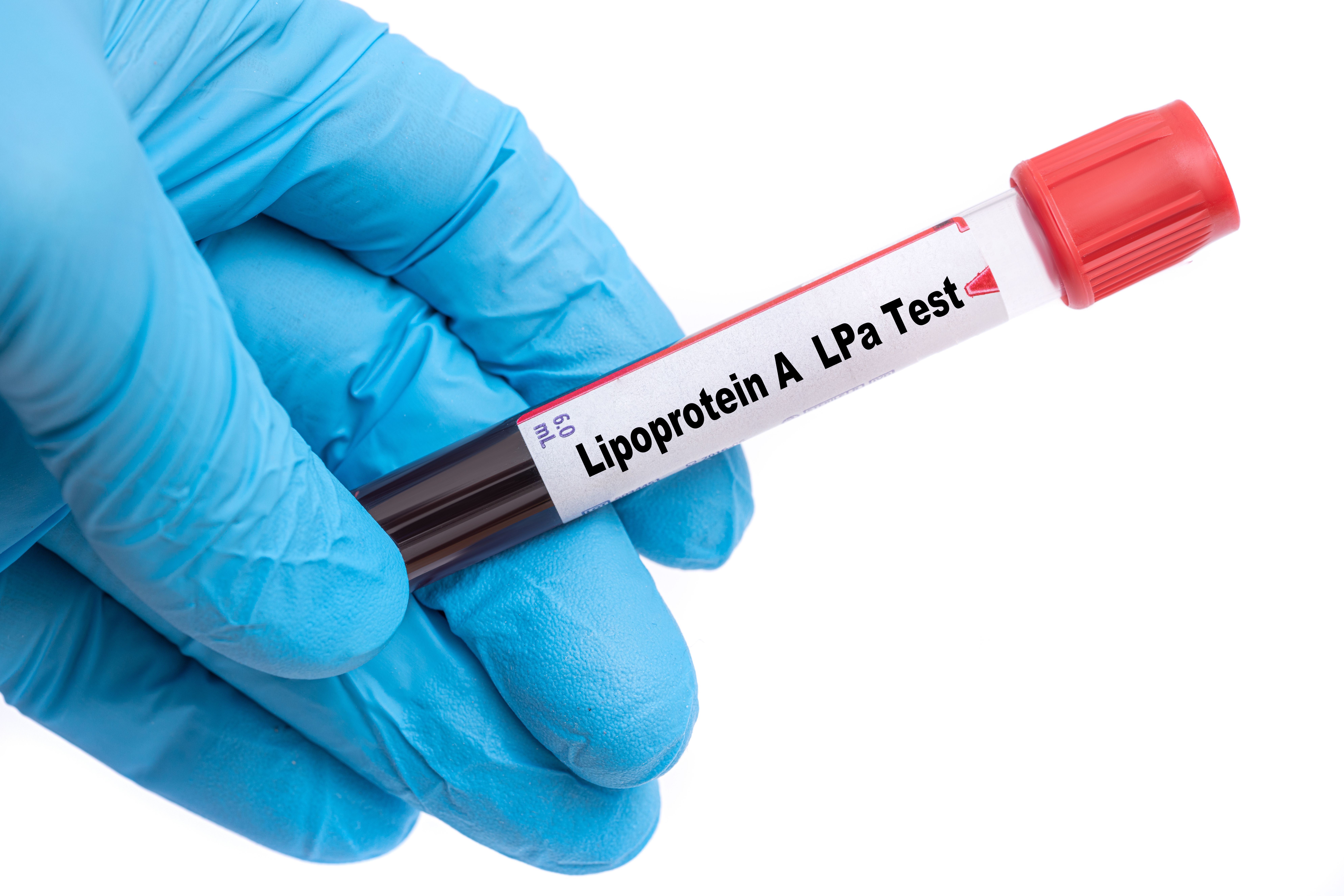News
Article
Data Show Lepodisiran Was Well Tolerated, Substantially Lowered Lipoprotein (a)
Author(s):
Elevated Lp(a), which was previously untreatable, may become treatable in the near future, according to the study investigator.
Lipoprotein (a) [Lp(a)] is an important genetically determined risk factor for cardiovascular disease, with no pharmacological treatments currently approved by regulatory authorities, explained Steven E. Nissen, MD, chief academic officer at the Sydell and Arnold Miller Family Heart, Vascular & Thoracic Institute at Cleveland Clinic in Cleveland, Ohio, during a session at the American Heart Association (AHA) Scientific Sessions 2023 in Philadelphia, Pennsylvania.
“Elevated [Lp(a)] effects 64 million Americans [who] have this abnormality, and 1.4 billion people on the planet,” Nissen said during the session. “First of all, this [abnormality] is a genetic risk factor. We've never been able to treat elevated Lp(a), and we are now having emerging therapies using nucleic acid therapeutics that offer the potential for these patients to be treated.”
Image credit: luchschenF | stock.adobe.com

Nissen explained further that individuals who have elevated Lp(a) tend to have elevated LDL.
“We recommend that people sometime early in life, maybe in their 20s, have their Lp(a) level checked. If it's not elevated, it will not be elevated later in life, as there's no evidence that it increases over time,” Nissen said. “So, it's a one-time measurement. If your [Lp(a)] is elevated, then you know you have this risk factor.”
The Lp(a) gene encodes apolipoprotein(a), an essential component required for hepatic synthesis of Lp(a). Lepodisiran (LY 3819469; Eli Lilly) is a short interfering RNA (siRNA) designed to degrade the messenger RNA coding for apolipoprotein(a), thereby reducing translation of the Lp(a) gene.
“This siRNA involves nucleotides [that have been] chemically modified to resist degradation by ribonucleases to prolong duration of action,” Nissen said.
A phase 2, randomized, double-blind, placebo-controlled trial (NCT05565742) examined the safety and efficacy of lepodisiran in adult participants with elevated Lp(a). In the trial, there were 48 participants who were followed for up to 48 weeks. All participants had Lp(a) concentrations above normal, which is 75 nmol/L. Participants were given doses of 4, 12, 32, 96, 304, or 608 milligrams of lepodisiran or placebo subcutaneously.
“Baseline characteristics were balanced amongst groups, with the median Lp(a) concentration at about 110 [nmol/L], [which is] well above normal,” Nissen said during the session. “This is really the key finding: After administration at the top dose by day 29, Lp(a) levels were below the lower limit of quantitation, and they remained unmeasurable for the next 9.4 months. Even at 337 days—that’s 48 weeks—levels were 94% below baseline.”
Nissen noted that the half maximal dose also had a prolonged duration of action out to 48 weeks, although not quite as substantial. In terms of safety, Nissen explained that the investigators did not see any serious adverse event (AE) or abnormalities that differed between placebo and the treatment groups. The only AE observed was rhinorrhea. Nissen explained these data demonstrate the therapy was well tolerated.
“Subcutaneous injection of lepodisiran, an siRNA targeting the messenger RNA for the Lp(a) gene, substantially lowered Lp(a) after the 608 milligram dose. Serum concentrations of Lp(a) fell below the lower limit of quantitation from days 29 to 281 and remained more than 94% below baseline for 337 days or 48 weeks,” Nissen said. “There were no major safety issues, although low grade transient injection site reactions occurred. These findings support further development of this therapy.”
Notably, there were limitations in the study. The primary limitation was the small cohort, as the trial was a first-in-human phase 1 trial that enrolled only 48 participants without known cardiovascular disease. For this reason, safety cannot be comprehensively assessed in a trial of that size and duration, according to Nissen. During the trial, the minimum entry criteria for Lp(a) was moderate at 75 nmol/L, and single doses were administered. However, there is also a phase 2 multi-dose trial currently underway. The full manuscript of the phase 1 trial has been published in JAMA.
Nissen noted that large phase 3 trials will be necessary to further determine whether lowering Lp(a) levels will reduce risk.
“Such trials are underway with a variety of therapeutics,” Nissen said. “I'm very hopeful that this previously untreatable abnormality will become treatable in the very near future.”
Reference
Nissen SE. AHA Scientific Sessions 2023 Late-Breaking Science. Presented at: AHA Scientific Sessions 2023; November 12, 2023.
Newsletter
Stay informed on drug updates, treatment guidelines, and pharmacy practice trends—subscribe to Pharmacy Times for weekly clinical insights.






